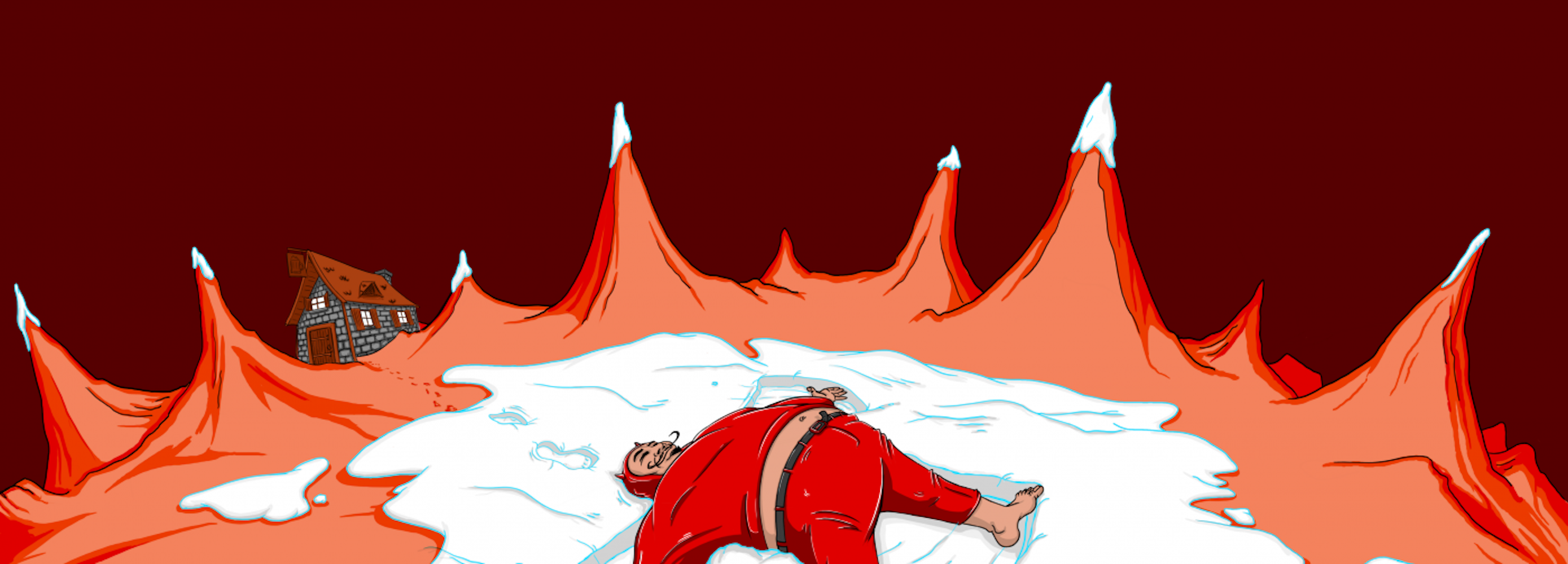One of America’s most beloved newspaper comic strips has dared to poke fun at Hamas. Get ready for controversy!
In the latest Sunday installment of the Pulitzer Prize-winning Doonesbury strip, a fictional anti-terrorist fighter—known as “the Red Rascal”—bursts into the bedroom of an actual Hamas leader, Ismail Haniyeh, who is living in Qatar.
The cartoon shows Haniyeh enjoying luxurious accommodations and identifies him as “one of three Hamas leaders worth billions, who enriched themselves with donor money intended for impoverished Gazans!”
One of America’s most beloved newspaper comic strips has dared to poke fun at Hamas. Get ready for controversy!
In the accommodations, he identifies him as “one of three Hamas leaders worth billions who enriched themselves with donor money intended for impoverished Gazans!”
Garry Trudeau, the writer and artist of Doonesbury, has dared to acknowledge a fact about the Hamas leadership that most of the mainstream news media prefer to ignore.
For years, leaders of the terrorist group have been stealing funds that the United States and other countries have generously donated for the needs of Gaza’s citizens. According to the Foundation for the Defense of Democracies, Haniyeh is worth about $ 4 billion, making Hamas one of the wealthiest terrorist groups in the world. He and other Hamas leaders “have been photographed flying in private jets, enjoying fine dining, and attending international sporting events,” the FDD noted.
There also have been numerous reports of Hamas terrorists in Gaza stealing food, medicine, and other supplies that the international community has been sending to the territory.
This Doonesbury strip is even more interesting because Trudeau has been strongly critical of Israel. His view of Hamas is not motivated by any kind of built-in pro-Israel bias.
Not only that, but Trudeau has been extra sensitive concerning Muslim reactions to controversial cartoons, such as the one about Mohammed that was published in the French satirical magazine Charlie Hebdo in 2015. Islamist terrorists responded to that cartoon by massacring twelve members of the magazine’s staff.
Trudeau accused Charlie Hebdo of engaging in “hate speech.” He argued that the magazine’s publication of the cartoon was unjustified because it constituted “attacking a powerless, disenfranchised minority.”
But the Doonesbury creator can’t count on any of his past statements to protect him from a furious reaction to his criticism of Hamas. Pro-Hamas extremists in the United States are not known for their ability to calmly and rationally discuss differing points of view—especially when somebody reveals facts about their heroes.
Political cartoons like Doonesbury have a long and noble history of ruffling feathers and influencing public opinion.
A cartoon mocking 1884 Republican presidential candidate James Blaine played a major role in Grover Cleveland’s election. Thomas Nast’s cartoons helped bring down the notoriously corrupt “Boss” Tweed in 19th-century New York City.
During World War One, the U.S. government regarded cartoonists as so influential that it created a Bureau of Cartoons to mobilize them to support the war effort. Politicians in several states stung by cartoonists’ barbs tried to restrict what could be drawn in the late 1800s and early 1900s. Pennsylvania Governor Samuel Pennypacker, furious over a series of cartoons in the Philadelphia North American portraying him as a parrot, initiated a bill in 1902 to outlaw the depiction of men as “birds or animals.”
Nor is France the only country where violent extremists have tried to intimidate cartoonists. A political cartoon in the Baltimore Sun in 1931, challenging the lynching of a local African-American man, triggered riots by mobs of angry racists outside the Sun’s offices.
One hopes and prays that Garry Trudeau will not be targeted by Hamas supporters. But given the level of vitriol and violence exhibited by pro-Hamas mobs in many of our cities and college campuses in recent weeks, we have learned to brace for the worst.




